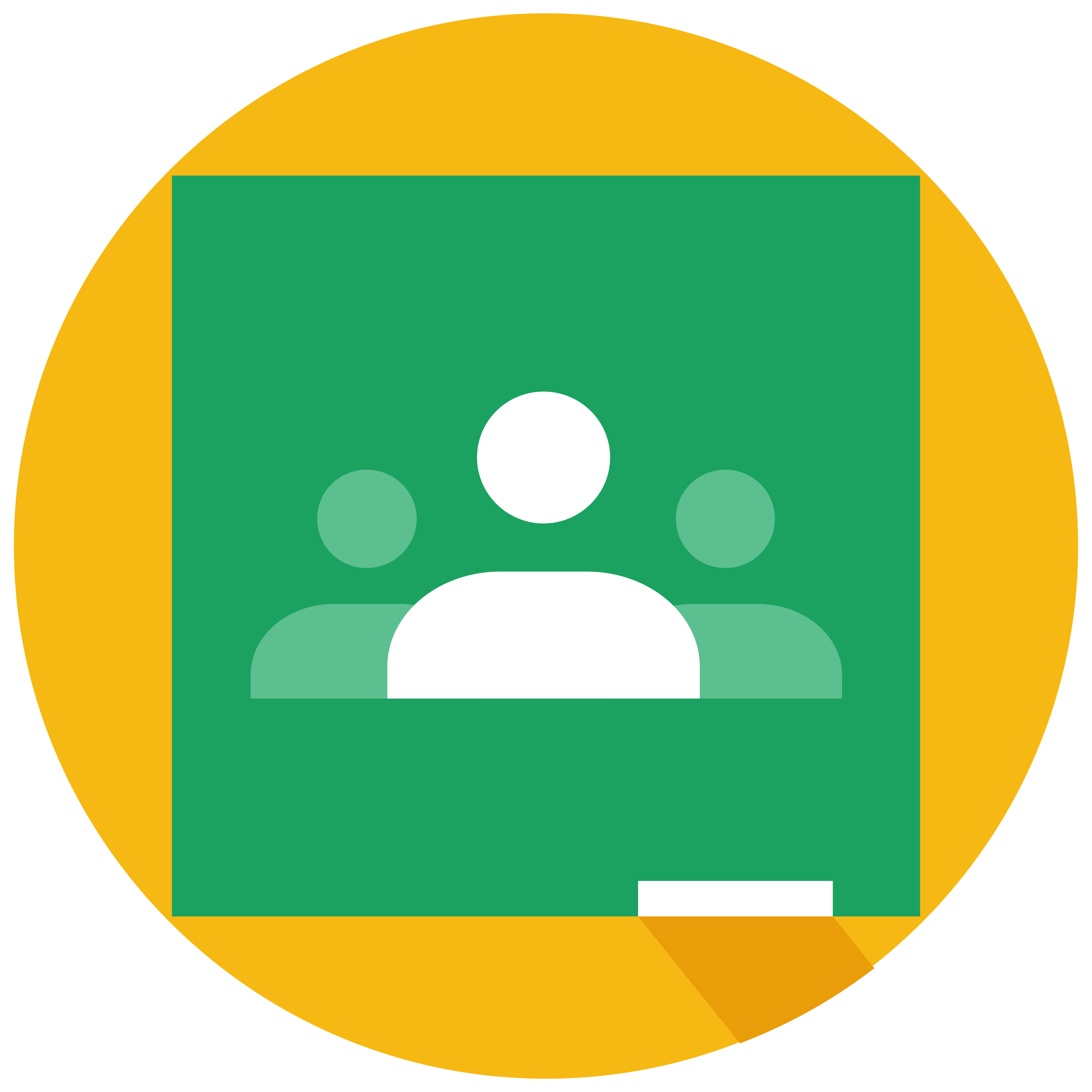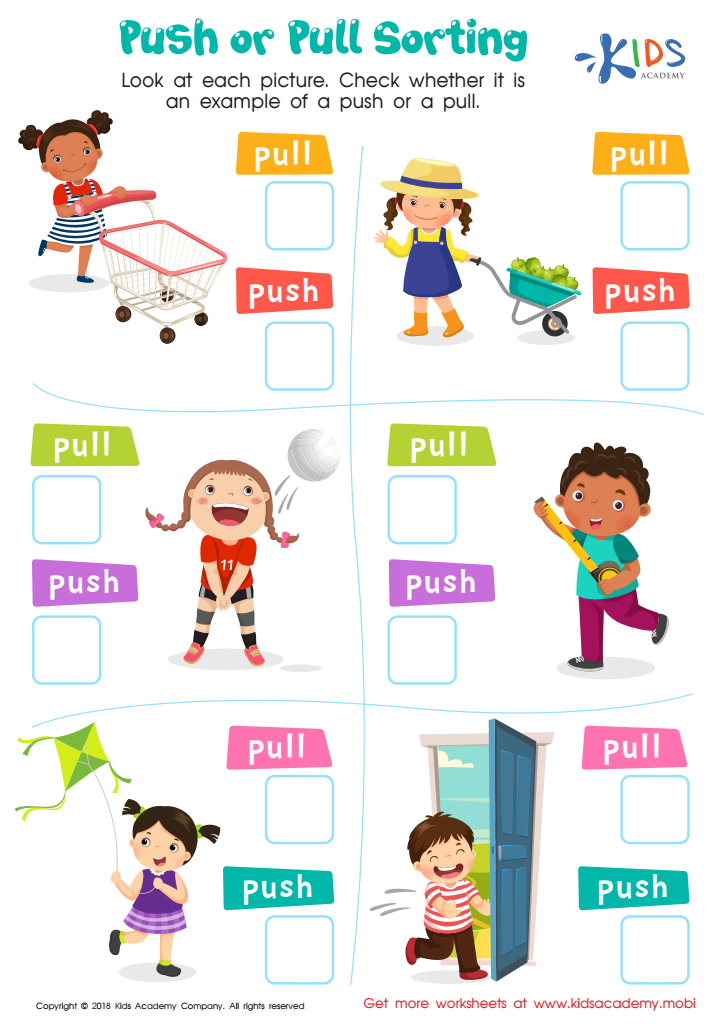Key Learning Outcomes for Your Students
What Your Students Will Achieve.
Knowledge
- Define the terms: pull, push, force, speed, velocity, frictional force, mass, balanced force, unbalanced force, gravity force, magnetic force
- Identify forces as pushes or pulls.
- Identify forces used to create movement or change in given situations.
- Give examples of balanced and unbalanced forces.
- Describe the effects of balanced and unbalanced forces acting on a variety of everyday objects.
- Identify force as a push or pull by one body on another.
- Identify, demonstrate and give examples of push and pulls (ST 1 PS FMS 1).
- Describe and demonstrate the forces of push and pull. (ST 3 PS FMS 1).
- Identify, with examples, forces at work in everyday situations in the home and community. (ST 3 PS FMS 2).
- Describe the visible effects of push and pull on a variety of everyday objects. (ST 4 PS FMS 4).
Skills
- Compare balanced and unbalanced forces using a Venn Diagram.
- Demonstrate ways in which unbalanced forces can cause change in motion (start movement, increase speed, reduce speed, change direction).
- Demonstrate the effect of balanced forces on objects.
- Conduct an Investigation on the ways in which different forces (e.g. magnetism, static electricity, muscular force, gravitational force) can change the speed and direction of a moving object.
Attitudes/Values
- Appreciation of the visible effects of push and pull on a variety of everyday objects.
- Appreciate that forces are all around us and they can sometimes help us do work and also can cause us problems.
- Appreciate that humans are great problem solvers who have tried diligently to overcome forces of friction and gravity to make life easier.
- Work collaboratively in groups to complete assigned tasks that require the use of balanced and unbalanced forces.
- When conducting practical and group work, display sensitivity and offer assistance to peers who may have physical or learning challenges.
- Participate actively in classroom discussions.
















